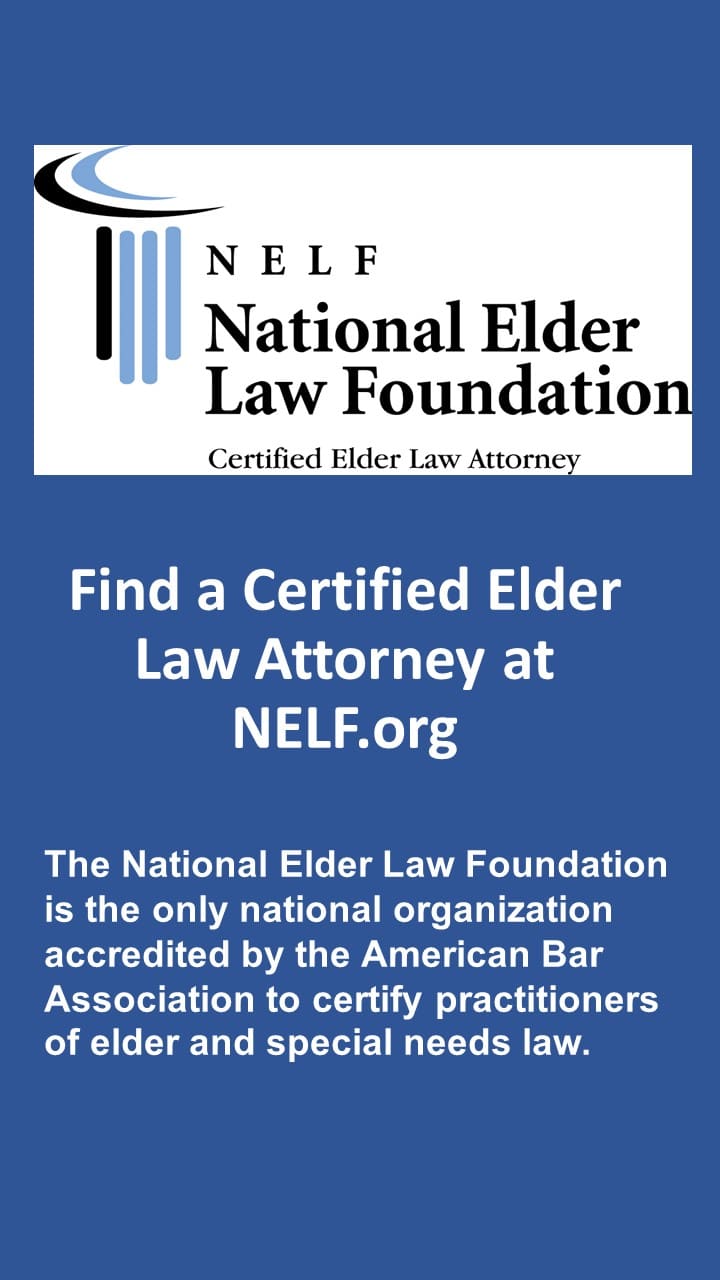There are several steps in setting up a tax exempt organization. We’re reviewing them here. However, this post is not designed to tell you anything other than the set-up process and it is not intended to be tax advice.
CIRCULAR 230 NOTICE: To comply with the requirements imposed by the United States Treasury Department, any information regarding any U. S. federal tax matters contained in this blog post is not intended or written to be used, and cannot be used, as advice for the purpose of (1) avoiding penalties under the Internal Revenue Code or (2) promoting, marketing or recommending to another party any transaction or matter addressed herein or in any attachments.
Step One: Is what I’m doing best done through a tax-exempt entity?
An exempt organization must be organized and operated for an exempt purpose. Exempt purposes include charitable endeavors, education and religious purposes.
The benefits of operating a tax exempt entity include limited liability, exemption from income taxation and the ability to accept tax deductible donations. Additional benefits may be access to grants earmarked for 501(c)(3) organizations, exemptions on state and local property taxes, discounts on postal rates and credibility in the community. The major detriments include dealing with compliance and, if the entity’s operations generate a profit, you can’t pocket the profit. O.C.G.A. § 14-3-170 (providing that the attorney general may petition a court to void unlawful conveyances from a nonprofit). So at the outset you have to know the organization you’re forming is there to do good for the community at-large. It’s not there to fund your retirement.
Step Two: Setting Up the Entity
Publication 4220 states that the applicant must be organized as a corporation, trust or unincorporated association. Further, its organizing documents (articles of incorporation, trust documents, articles of association) must:
- limit its purposes to those described in IRC Section 501(c)(3);
- not expressly permit activities that do not further its exempt purposes, in other words unrelated activities; and,
- permanently dedicate its assets to exempt purposes.
Most states have one or more entity-types that can be formed as nonprofits (aka not-for-profit). In Georgia, most tax exempt entities are initially formed under the Georgia Nonprofit Corporation Code, O.C.G.A. § 14-3-101, et seq. In Georgia, an Incorporator files Articles of Incorporation with the Secretary of State.
Section 14-3-202(a) provides that the Articles must set forth:
- A corporate name for the corporation that satisfies the requirements of Code Section 14-3-401;
- The street address and county of the corporation’s initial registered office and the name of its initial registered agent at that office;
- The name and address of each incorporator;
- Whether or not the corporation will have members;
- The mailing address of the initial principal office of the corporation, if different from the initial registered office; and
- A statement that the corporation is organized pursuant to the Georgia Nonprofit Corporation Code.
Section 14-3-202(b) provides that the Article may set forth:
- The purpose or purposes for which the corporation is organized, which may be, either alone or in combination with other purposes, the transaction of any lawful activity;
- The names and addresses of the individuals who are to serve as the initial directors;
- Provisions not inconsistent with law regarding:
- Managing and regulating the affairs of the corporation;
- Defining, limiting, and regulating the powers of the corporation, its board of directors, and members (or any class of members); and
- The characteristics, qualifications, rights, limitations, and obligations attaching to each or any class of members;
- A provision eliminating or limiting the liability of a director to the corporation or its members for monetary damages for any action taken, or any failure to take any action, as a director, except liability:
- For any appropriation, in violation of his or her duties, of any business opportunity of the corporation;
- For acts or omissions which involve intentional misconduct or a knowing violation of law;
- For the types of liability set forth in Code Sections 14-3-860 through 14-3-864; or
- For any transaction from which the director received an improper personal benefit, provided that no such provision shall eliminate or limit the liability of a director for any act or omission occurring prior to the date when such provision becomes effective;
- Any provision that under this chapter is required or permitted to be set forth in the bylaws; and
- Provisions not inconsistent with law regarding the distribution of assets on dissolution.
Part III of Form 1023 asks whether the organizing documents contain provisions required to meet the organizational test under section 501(c)(3) and includes the following example: “The organization is organized exclusively for charitable, religious, educational, and scientific purposes under section 501(c)(3) of the Internal Revenue Code, or corresponding section of any future federal tax code.” It also asks specifically where this language appears. With that in mind, additional provisions permitted under Section 14-3-202(b) should be included.
Unless otherwise specified, a document is effective as of the time of filing. O.C.G.A. § 14-3-123; and 14-3-203. If the articles are approved, the SOS issues a Certificate of Existence; if a filing is rejected, the SOS should provide a brief written explanation of the reason for its rejection. O.C.G.A. § 14-3-123(c).
After the corporation is established, certain actions are required including the election or ratification of board members and the adoption of bylaws. If initial directors are named in the articles of incorporation, the initial directors shall hold an organizational meeting, at the call of a majority of the directors, to complete the organization of the corporation by appointing officers, adopting bylaws, and carrying on any other business brought before the meeting. If the initial directors are not named in the articles, the incorporator or incorporators shall hold an organizational meeting at the call of a majority of the incorporators: (A) To elect directors and complete the organization of the corporation; or (B) To elect a board of directors who shall complete the organization of the corporation. Actions may be taken by unanimous written consent instead of at a meeting and, as a practical matter, even if there is a meeting, having a written consent leaves a better paper trail for dealing with third parties. See O.C.G.A. § 14-3-205.
The Board must adopt bylaws, which may contain any provision for regulating and managing the affairs of the corporation that is not inconsistent with law or the articles of incorporation. See O.C.G.A. § 14-3-206. The bylaws should include the limiting language described above from Publication 4220.
Although this post is limited to filing an application for tax exempt status, not operating the organization, the Board should also adopt a resolution or sign a written consent authorizing someone (usually one or more officers) to complete any remaining initial tasks, such as establishing bank accounts, file the application for tax exempt status and any and all other related or ancillary actions necessary to accomplish those tasks including, but not limited to, power to execute and deliver required documents, and to hire attorneys, accountants or other professionals as needed.
Step Three: Defining the Business Purpose or Mission
The corporation must have a tax-exempt purpose. For most private entities, this means it must be “organized and operated exclusively for religious, charitable, scientific, testing for public safety, literary, or educational purposes, or to foster national or international amateur sports competition (but only if no part of its activities involve the provision of athletic facilities or equipment), or for the prevention of cruelty to children or animals.” 26 U.S.C. § 501(c)(3). Part IV of Form 1023 requires that this purpose be stated including:
- What is the activity?
- Who conducts the activity?
- Where is the activity conducted?
- What percentage of your time is allocated to the activity?
- How is the activity funded? and
- How does the activity further your exempt purposes?
No part of the net earnings may benefit a private shareholder or individual. No substantial part of the activities can be for propaganda, or otherwise attempting, to influence legislation. The corporation may not participate in, or intervene in any political campaign for any candidate for public office.
Step Four: Get an EIN
An EIN, or Employer Identification Number is the IRS’s way of assigning a tracking number to non-humans. People have Social Security Numbers. Entities have EINs. You can use the IRS’s “yes/no” guide to find out whether you need an EIN, but tax exempt entities always need one.
If you’ve never applied for an EIN before, the IRS page on how to apply covers it. The easiest and fastest way to get an EIN is applying online and you can do that here.
Step Five: Filing Form 1023
As of January 31, 2020, Form 1023 must be filed electronically. This means getting your ducks in a row before you sign on. You can read about Form 1023 here and the IRS has posted a video overview on Form 1023 e-filing.
The first question is whether you can use Form 1023-EZ or whether you are required to file the long-form. To answer that question, look at the Eligibility Worksheet in Form 1023-EZ’s instructions.
If your organization is not eligible for the EZ form, then we recommend reading the Instructions for Form 1023 before going farther. A copy of Form 1023 (as of this date) is here for review. Among other facts, you will need information regarding the corporation, as well as names and addresses of officers and directors so you might want to fill out the paper version before beginning the online application to be certain you have everything.
Step Six: Appealing and Adverse Determination
If the IRS issues an adverse determination, you should immediately contact an attorney or Certified Public Accountant to discuss the situation. Publication 892 discusses how to file an appeal (called a protest), but you must do so within 30 days of the date on the “30 day letter.” An officer or trustee of the organization may represent it in front off the IRS, but the better choice is hiring a professional. That means you will need to complete for 2848 (Power of Attorney and Declaration of Representative).
Your protest letter should include:
- your organization’s name, address, employer identification number (EIN) and a daytime phone number.
- a statement that the organization wants to protest the proposed determination.
- a copy of the 30-day letter showing the findings that you disagree with (or the date and IRS office symbols from
the letter). - an explanation of your reasons for disagreeing, including any supporting documents.
- the law or authority, if any, on which you are relying.
If your protest is not resolved in a satisfactory manner, you can continue your appeal in court.
Step Seven: Operations and Compliance
This is where we leave you, but we do have a few parting comments. It matters how you operate the nonprofit and how you document your operations. Most exempt organizations must file an Annual Form 990. Click here for an IRS notice on compliance audits, or here for the IRS Compliance Guide.
If you decide to terminate or merge your exempt organization, Publication 4779 addresses how you should handle it.
If you have questions, seek advice from an expert. If you don’t have a compliance expert, we recommend Billy Minch, CPA, with Carr Riggs and Ingram.








